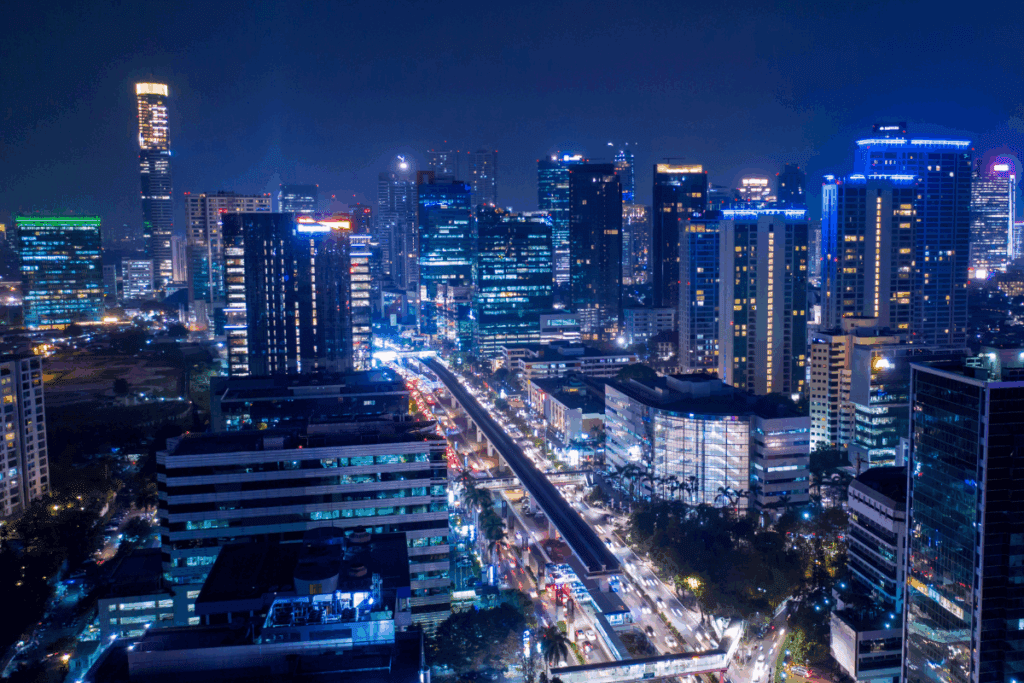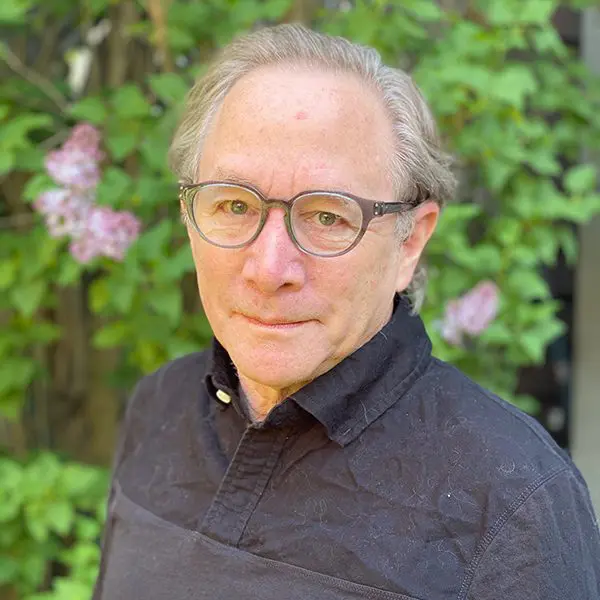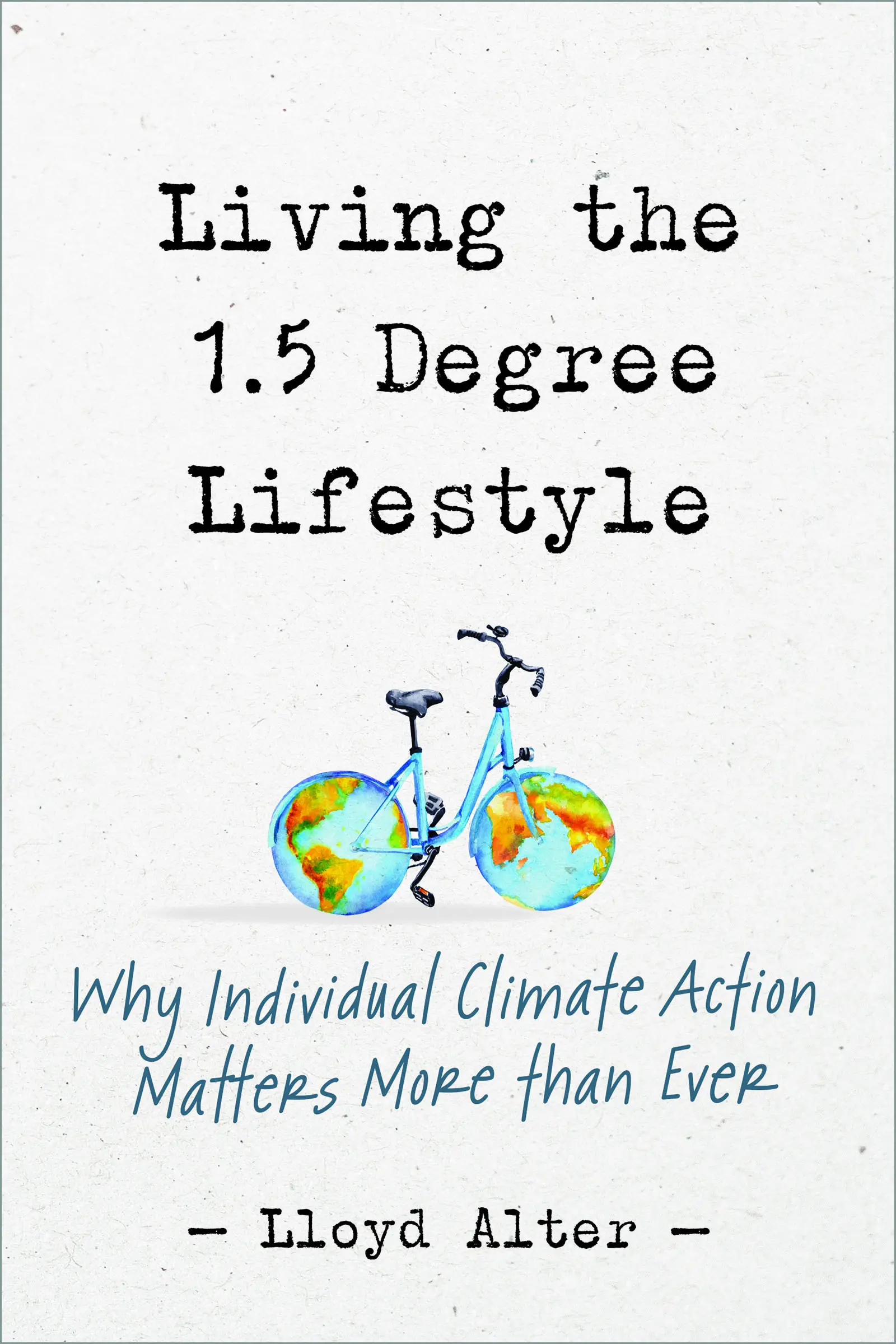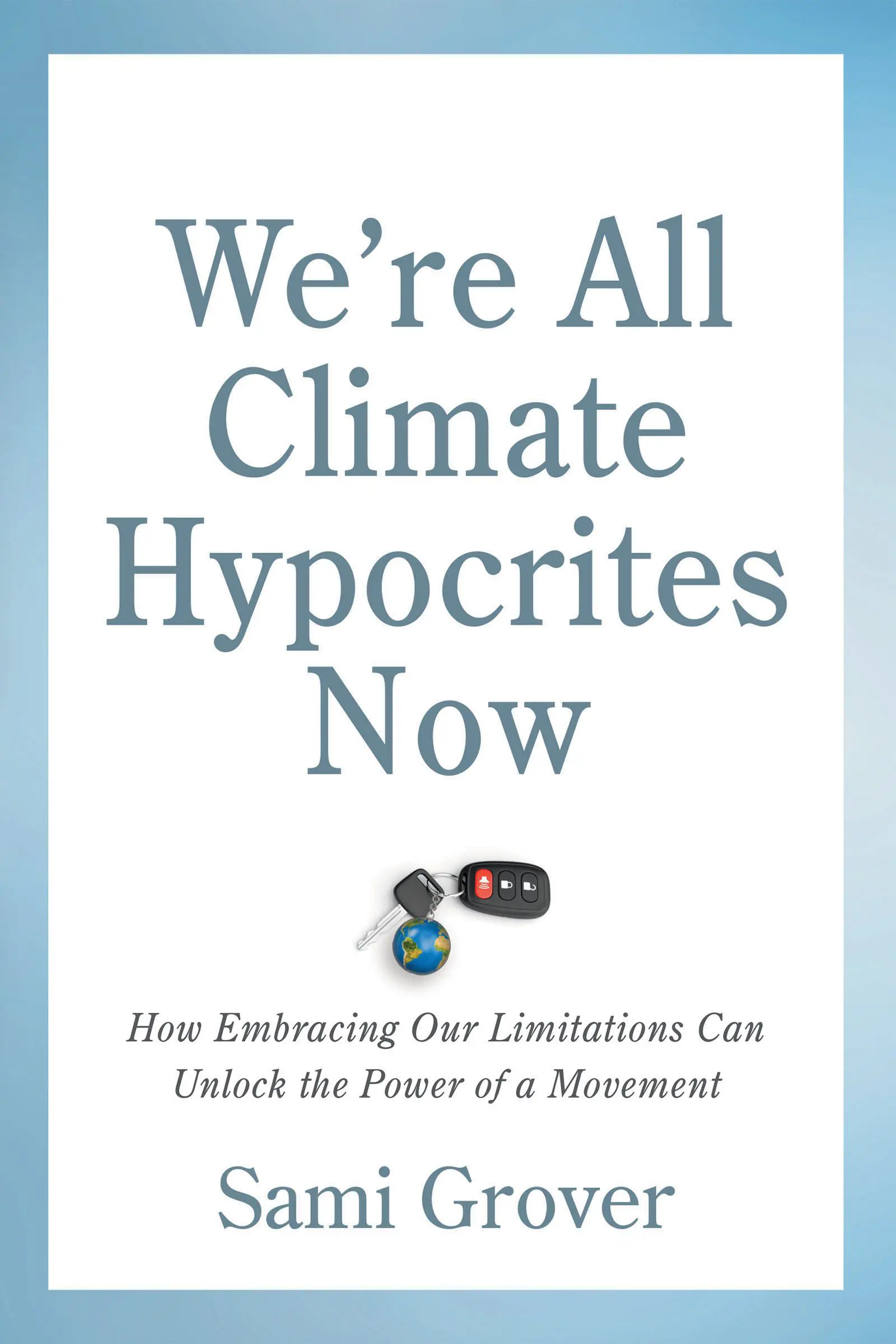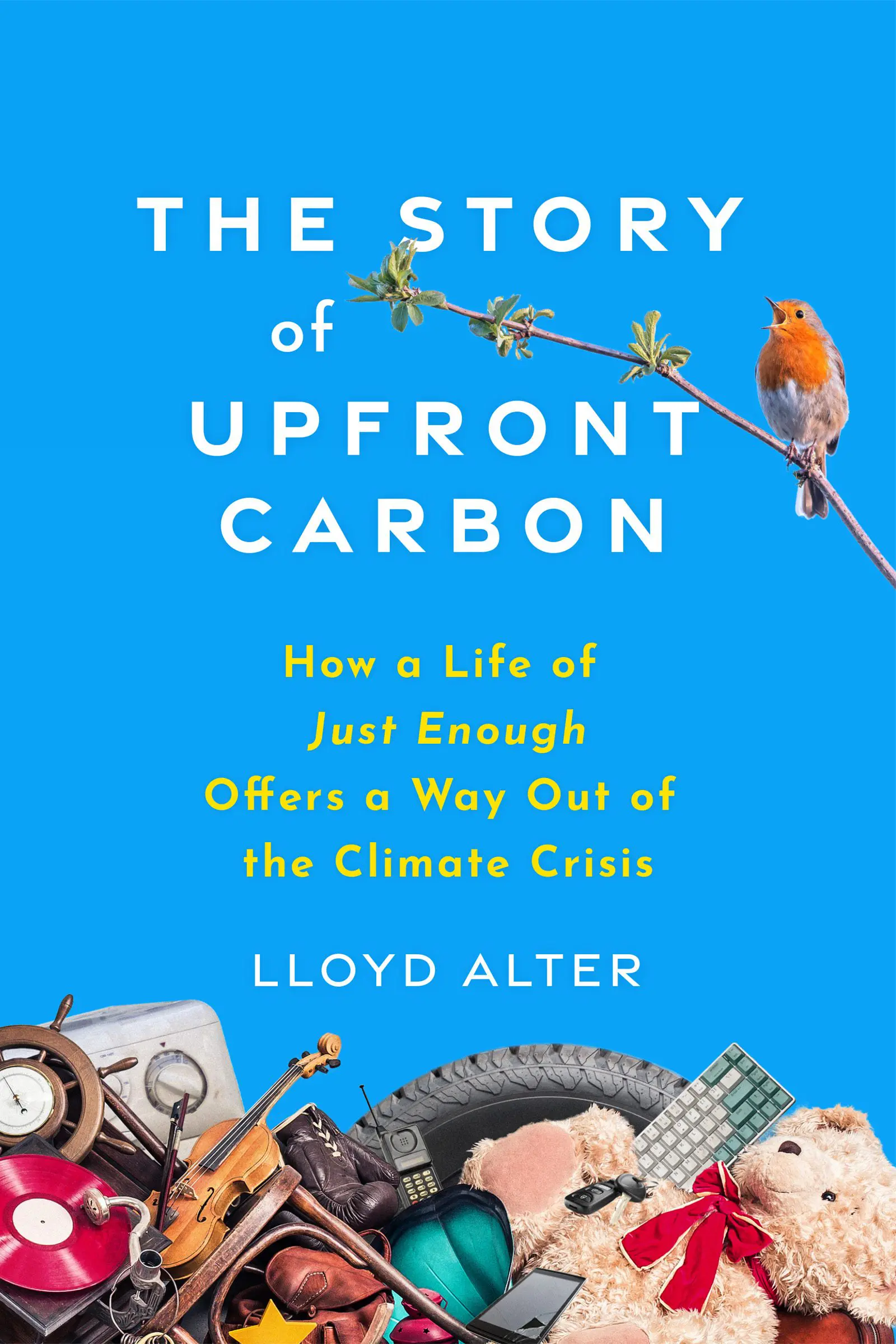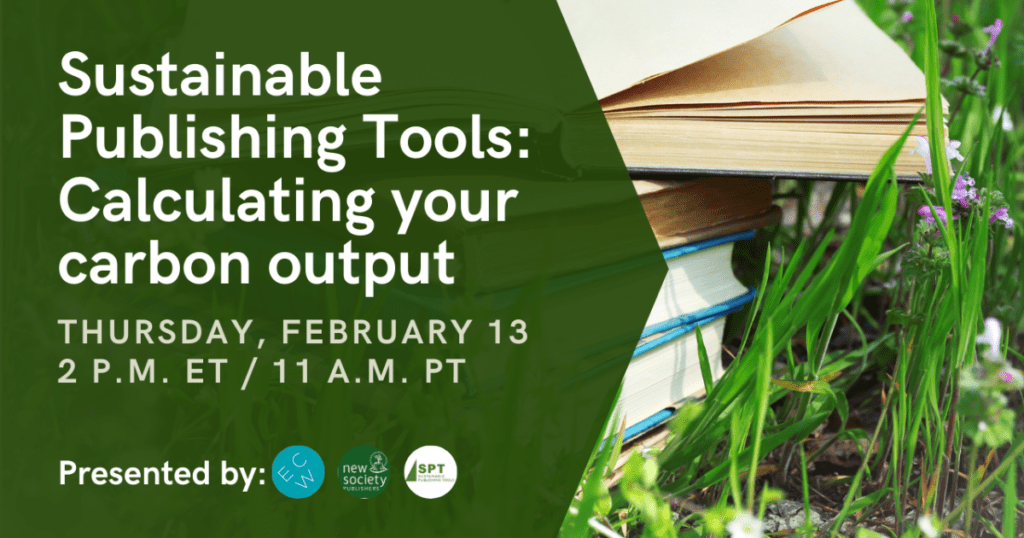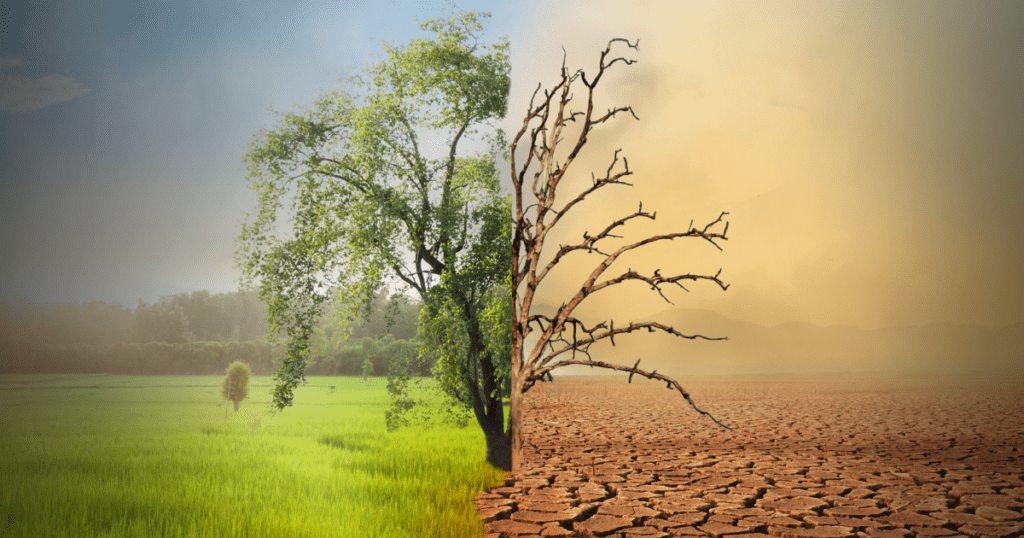
Here in 2025, it’s clear that climate action isn’t just about driving electric cars or swapping lightbulbs — it’s about how our neighborhoods, transport, and energy systems all fit together. For some of us, living a low-carbon life feels doable; for others, it can feel nearly impossible.
This book, which is grounded in meticulous research, is a journey toward a life of quality over quantity, and sufficiency over efficiency. Today, we share an excerpt from Lloyd Alter’s Living the 1.5 Degree Lifestyle that looks at why living a more eco-friendly lifestyle can be easier for some than for others — and why the places we live and the ways we get around shape our choices more than we realize.
1.5-Degree Lifestyle Is Easier for Some than for Others
Years ago, the environmental thinker Alex Steffen wrote a brilliant article titled “My Other Car Is a Bright Green City” that profoundly influenced me. Writing before Teslas were even on the road, he noted that “the answer to the problem of the American car is not under the hood.” He continued:
There is a direct relationship between the kinds of places we live, the transportation choices we have, and how much we drive. The best car-related innovation we have is not to improve the car but eliminate the need to drive it everywhere we go.
For at least a decade, I have been arguing that Steffen had things backwards. His chapter title was “What We Build Dictates How We Get Around.” I argued that how we get around determines what we build, that it was the transportation technology that determined our land use patterns and built forms. But lately I have come to realize that we were both wrong; as transportation consultant Jarrett Walker tweeted last year, “Land use and transportation are the same thing described in different languages.” It is not a chicken-and-egg, which-came-first thing. It is a single entity or system that has evolved and expanded over the years through the changes in the form of energy available, and in particular the ever-increasing availability and reduction in the cost of fossil fuels.
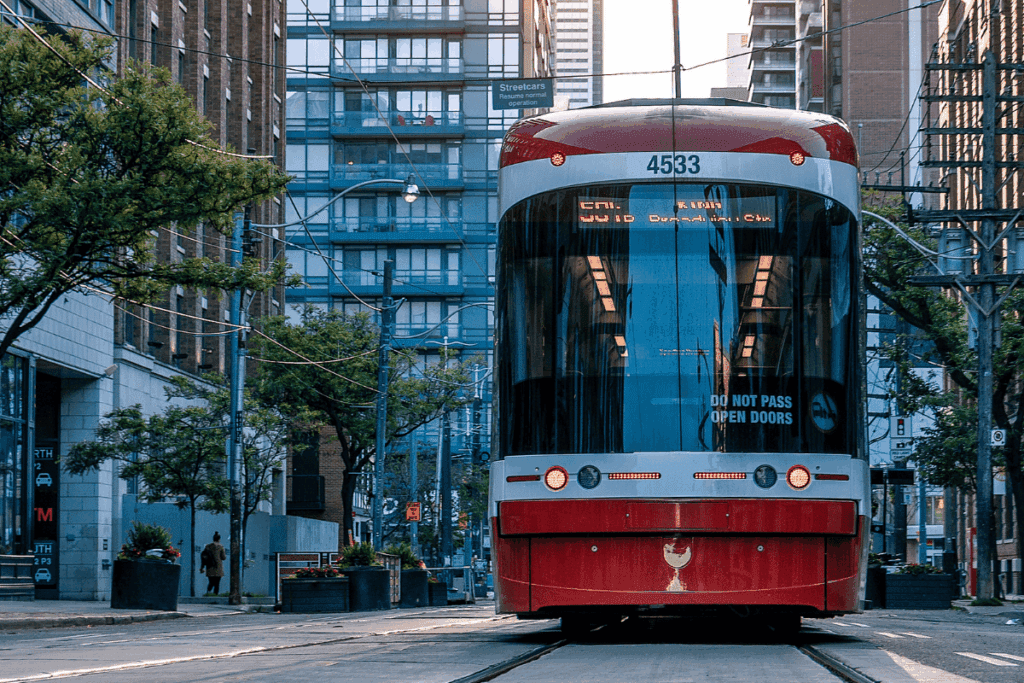
This can make lifestyle changes extremely difficult for some, and easier for others. For example, I live in a streetcar suburb, where an electrified line was pushed west over a ravine in 1913 to farmland and was almost completely built out in about 20 years. The main street with the streetcar line had shops and groceries and everything you need. The houses were all built on narrow lots and relatively high density because everyone wanted to be able to walk to the streetcar in under 20 minutes. The entire development pattern was predicated on the fact that people didn’t have cars, but could work downtown, get a streetcar home, pick up what they needed for dinner, and walk to their tidy house. The stores have changed over the last century, but not much; I can still patronize the butcher and the baker. The A&P where my mom shopped 60 years ago is a gym now, but there is a bigger grocery where the racetrack used to be, and a medical clinic has opened. The old movie theatre has turned into a gym, and the synagogue where I went to nursery school is now a condo site (I have lived in the neighborhood a long time!), but really, I can find almost anything I need right in my neighborhood, and if I can’t, it is a streetcar or bike ride away. Because the entire pattern of development surrounding me, the world in which I live, was designed 120 years ago in a world when people didn’t drive.
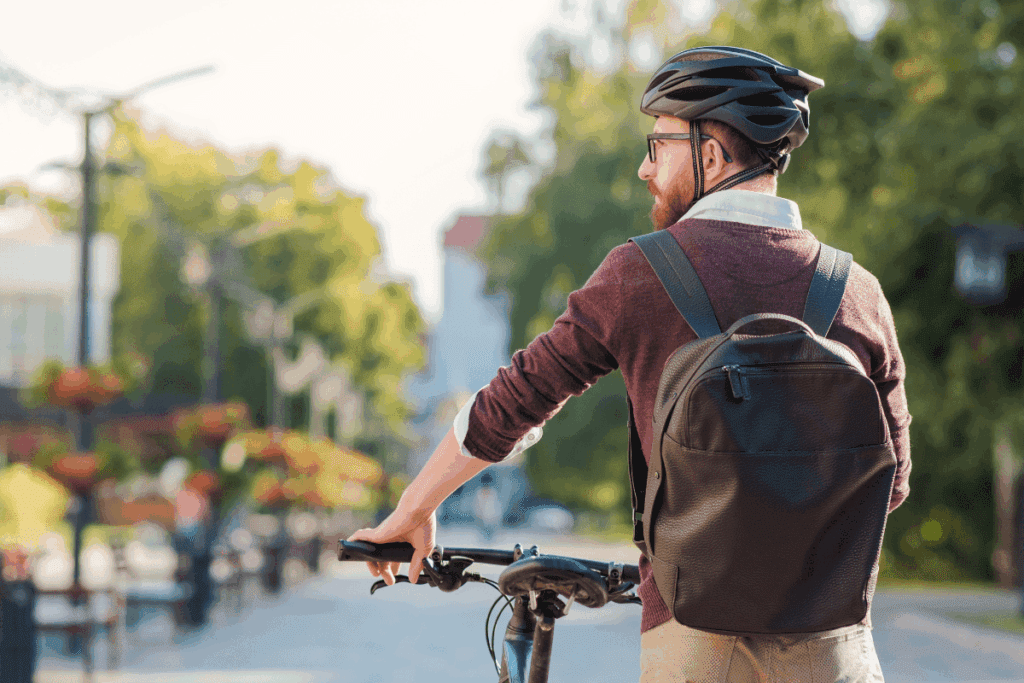
My family was never poor, and I was able (with a little help from the BOMAD, the Bank of Mom and Dad) to buy my first house at the age of 30 for a shockingly low price, open an architectural practice, and be pretty much self-employed from that time on. I have to acknowledge upfront that I am a very lucky boomer.
I need to say this because I always have to remember that it’s relatively easy for me to live a 1.5-degree lifestyle; I live in a place where I don’t have to drive and can walk to the fancy healthy butcher and organic grocer. I work at an internet-based job where I don’t have to go to a factory or an office downtown; I can just go downstairs to the home office that I designed. And I can’t write this book looking through my rose-colored glasses because it has to work for everyone.

I just happen to be lucky enough to live in a land use/transportation nexus that was designed 110 years ago at the dawn of the electric age, and most North Americans now live in places designed in the gasoline age. To expand on Jarett Walker, “Land use, transportation, and energy are the same thing described in different languages.”
And we are all stuck in an economic structure that, by design, encourages or in fact forces us to consume more energy, in particular fossil fuels, which drives the economic growth that is raising millions out of poverty and maintaining our Western lifestyles because, according to author and professor Vaclav Smil, energy and the economy are also the same thing described in different languages.
